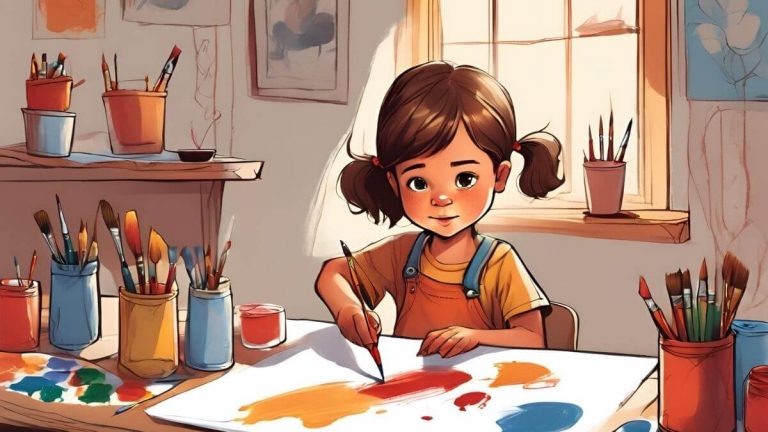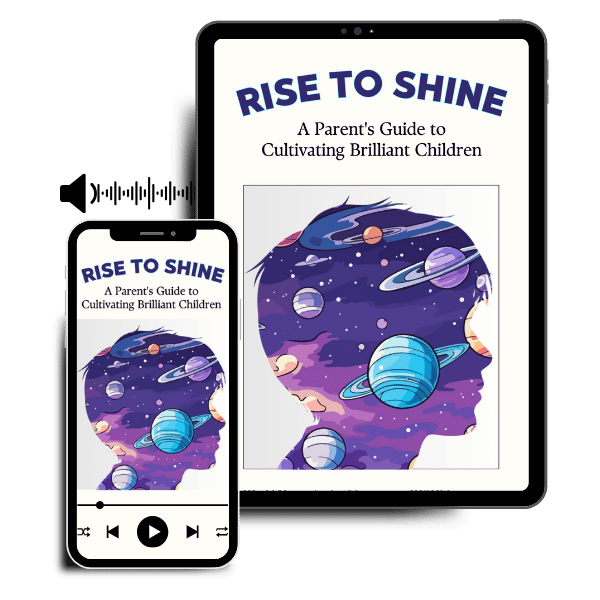Fostering Creativity in Children: Activities & Resources for All Ages


Creativity is a powerful force in child development. It fuels imagination, problem-solving skills, and emotional well-being. In a world that increasingly values innovation, nurturing creativity in children is more important than ever.
This article explores the benefits of fostering creativity in child development, and provides a treasure trove of activities and resources for parents and caregivers to ignite the creative spark in children of all ages.
Creativity goes beyond just painting and drawing. It’s the ability to think outside the box, generate new ideas, and express oneself in unique ways. Here’s how fostering creativity benefits children’s cognitive and emotional development:
The good news is that fostering creativity doesn’t require expensive materials or structured environments. Here are some engaging activities to spark creativity in children of different age groups:
Preschool (2-5 years old)
Elementary School (6-10 years old)
Middle School (11-14 years old)
Remember
The key to fostering creativity is to provide a supportive and encouraging environment. Here are some tips:
References:
Also Read:

Get Your Resources to Your Email Now!